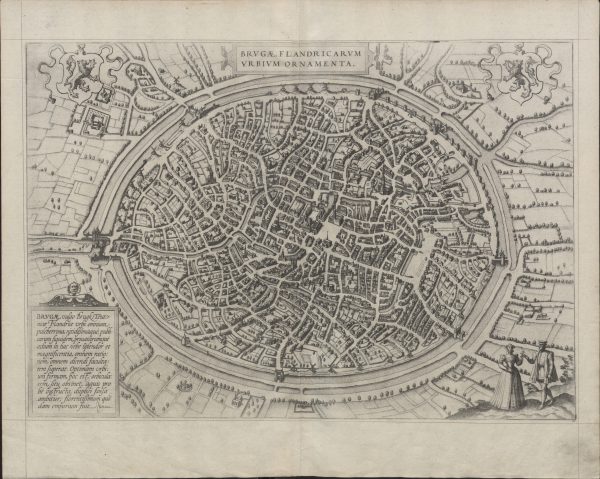ABOUT US
History of Twijnstraat 13
The foundations of a trade center
Long ago, in the 10th century, a trading quarter emerged at the strategic crossroads of Twijnstraat and Ridderstraat. This elevated sandy ridge, located west of the river Reie, south of 'Het Wijk', laid the foundation for Bruges.
Over centuries, the city transformed into a bustling trade and cultural hub. Prosperous merchants acquired vast estates, and ships with exotic goods docked in Bruges' ports. The precious cargoes were safely stored before being sold at the Market Square, cementing Bruges' status as a major trade center.


Vergulde Fontein & De Drie Koningen
In the 14th century, a marvel emerged beneath Bruges' cobbled streets—the Vergulde Fontein cellar. Shielded from the sun's heat, this underground chamber was perfect for storing spices, food, textiles, and rare treasures brought by seafaring ships. As Bruges grew, so did its appeal. In the 15th century, the guesthouse 'De Drie Koningen' was built above the Vergulde Fontein. This Gothic retreat offered merchants and boatmen a hospitable refuge, becoming a haven for travelers sharing tales over hearty meals and warm fires.
As the years passed, De Drie Koningen remained a beacon of hospitality. Cultures mingled, and friendships flourished. The ghosts of the past seemed to wander its halls, whispering stories of old times. Today, De Drie Koningen stands as a testament to Bruges' enduring spirit. It is more than a historic building; it is a living connection to the city's rich heritage. Here, the past and present blend harmoniously, offering travelers a glimpse into Bruges' enchanting stories and welcoming warmth.

